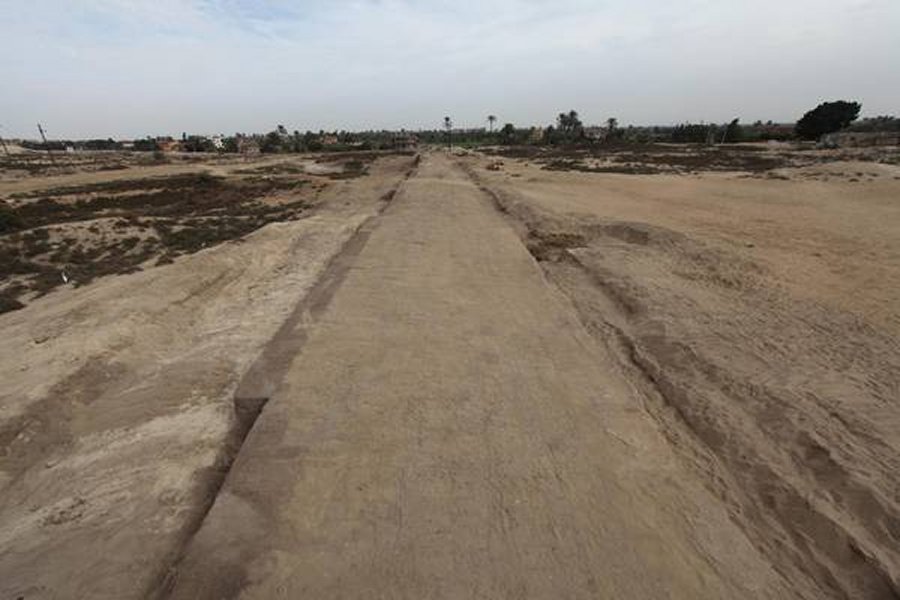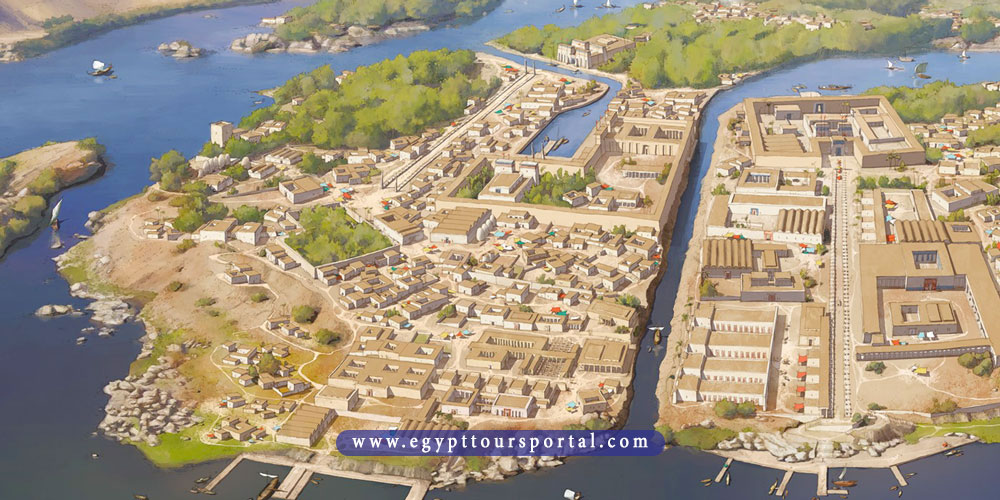
In addition to being the source of life in the region, the Nile River was also Ancient Egypt’s main highway. In the end, almost all the conditions for life in Egypt were made possible by the waters of the Nile River. The Nile was also people’s primary source of drinking water. Plus, the mud created by the flood was often used as a building material.

This natural system of irrigation and fertilization combined with Egypt’s warm climate made it possible for the Ancient Egyptians to grow crops such as wheat, flax, and papyrus all year round. Thanks to these silt deposits, the land around the Nile remained agriculturally productive year after year. But it also helped enrich it by depositing silt, tiny particles of dirt and other material.

This irrigated the banks of the Nile, turning the landscape lush and green. It hardly ever rains in this part of the world. Such an event might seem like a disaster, but the annual flooding of the Nile is what made life in the region possible. In fact, in the Nile Delta, the low-lying region near the Mediterranean Sea, the flooding was so intense that most of the land disappeared underwater during the flood. Rain and melting snow ran downhill and overran the banks of the Nile. These all-important flood waters came from the mountains at the source of the Nile. And without the floods, it’s hard to imagine a society as rich and prosperous as Egypt ever existing. Without it, there would be no life in Egypt at all. The Nile River cuts straight through the Sahara Desert, one of the driest, most hostile environments on Earth.

It was a sacred source of life and the foundation to their entire society. But to the Ancient Egyptians, the Nile was far more than a river. Flowing for more than 4,000 miles (~7,000 km) and stretching into five different African nations, the Nile River is the one of the longest rivers in the entire world.


 0 kommentar(er)
0 kommentar(er)
